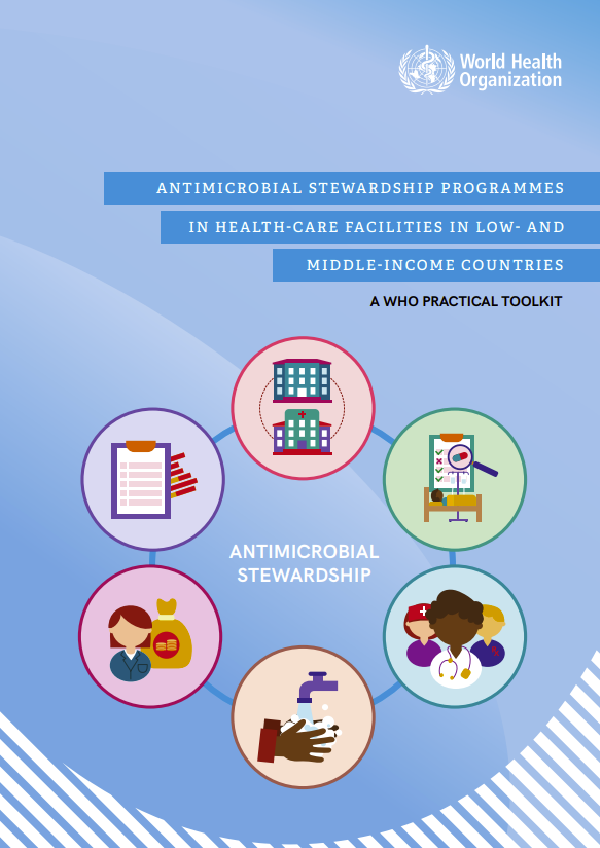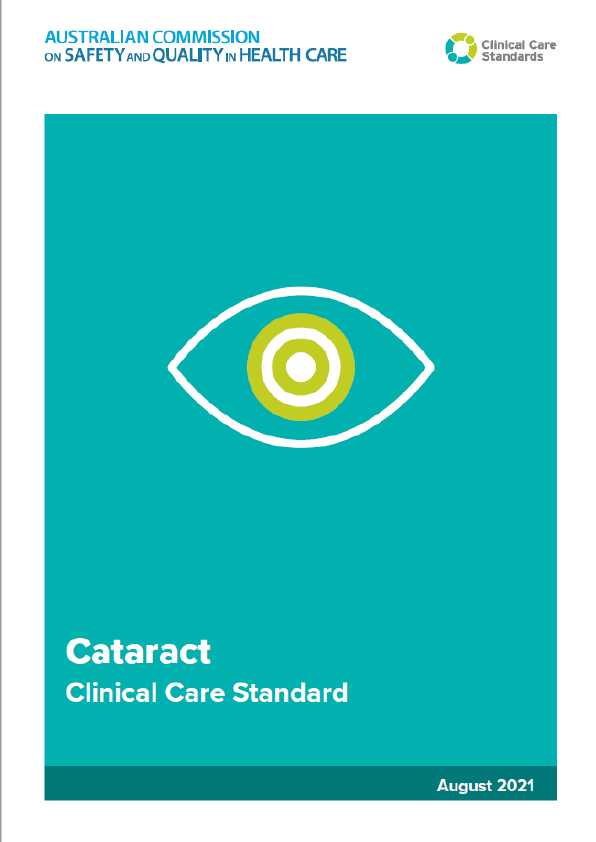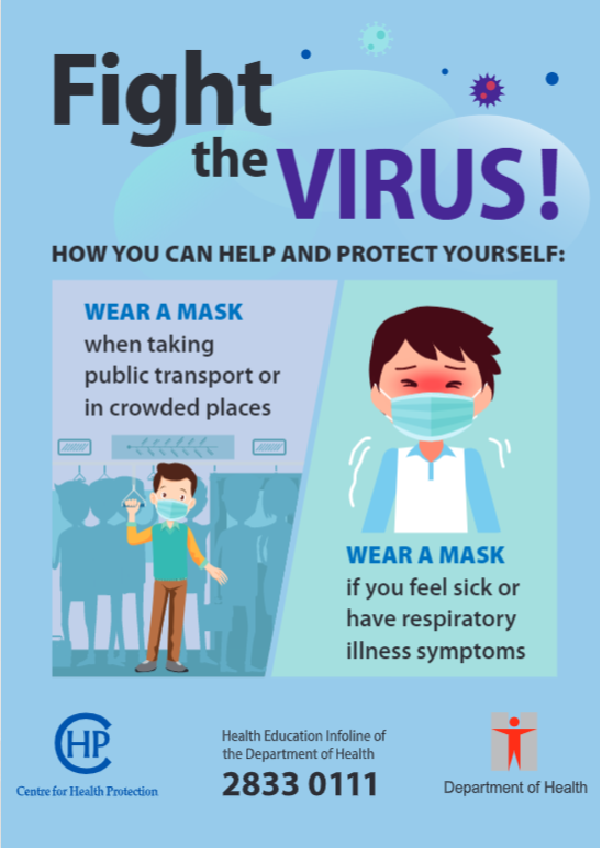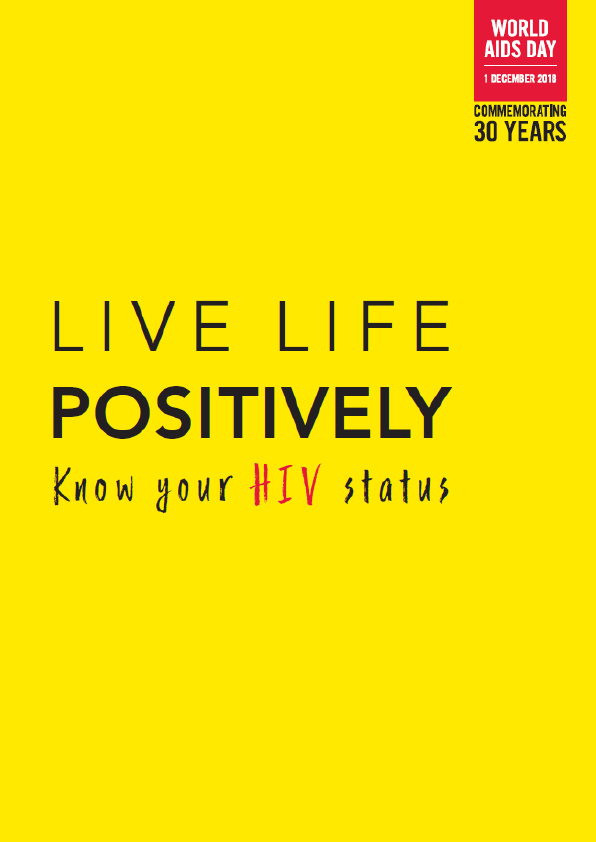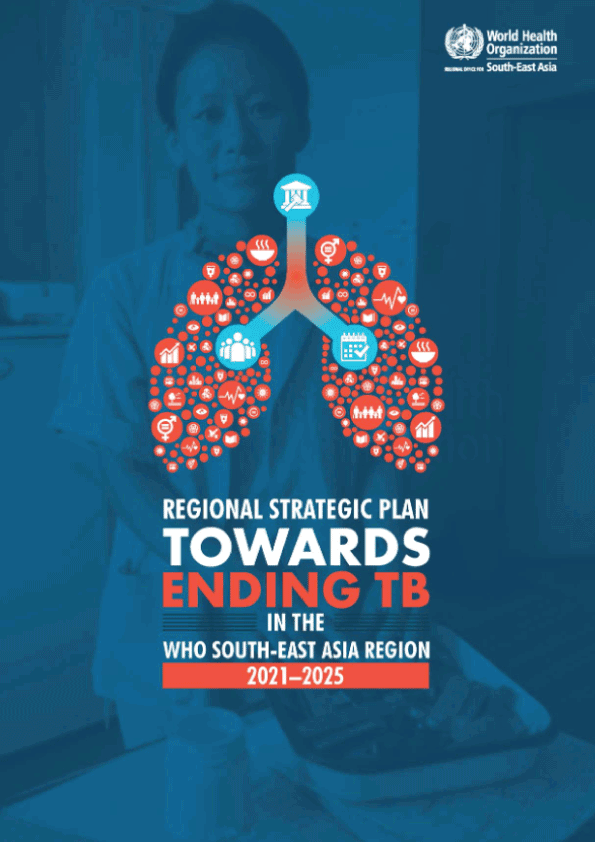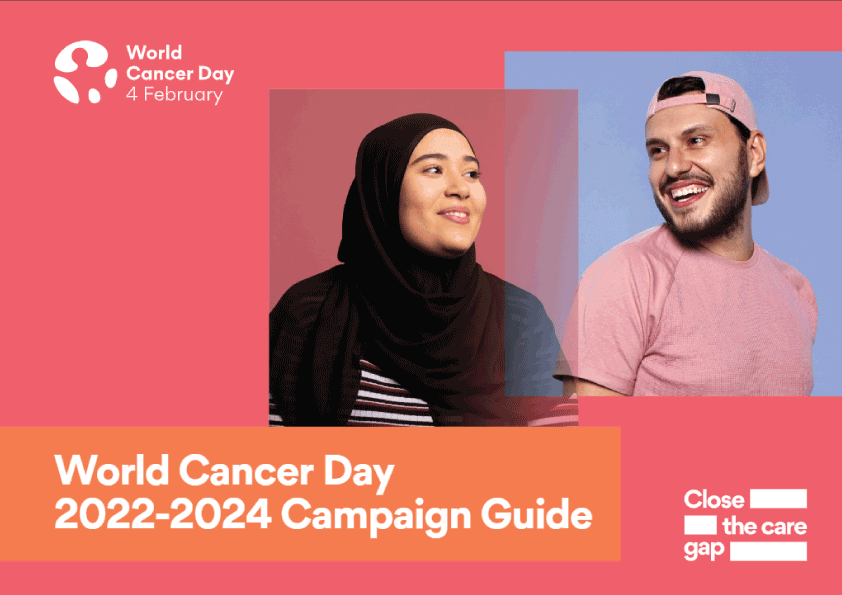This toolkit aims to support countries in implementing Objective 4 of the Global Action Plan – ‘‘optimize the use of antimicrobial medicines” – by providing practical guidance on how to implement antimicrobial stewardship (AMS) programmes in the human health sector at the national and health-care facility level in low- and middle-income countries (LMICs)
The toolkit is targeted at national and/or regional health authorities responsible for the implementation of national action plans on AMR, in particular, those responsible for activities related to optimizing the selection and use of antimicrobials, national AMS TWGs, health-care professionals and other partners supporting national and regional AMS efforts.
It provides practical guidance on where to start, including the core elements, structures and resources that should be put in place at the national and healthcare facility level to facilitate the implementation of AMS programs.
Background
For decades microbes, in particular, bacteria, have become increasingly resistant to various antimicrobials. The World Health Assembly’s endorsement of the Global Action Plan on Antimicrobial Resistance (AMR)8 in May 2015, and the Political Declaration of the High-Level Meeting of the General Assembly on AMR9 in September 2017, both recognize AMR as a global threat to public health. These policy initiatives acknowledge the overuse and misuse of antimicrobials as a main driver for the development of resistance, as well as a need to optimize the use of antimicrobials. The Global Action Plan on AMR sets out five strategic objectives as a blueprint for countries in developing national action plans (NAPs) on AMR:
Objective 1: Improve awareness and understanding of AMR through effective communication, education and training.
Objective 2: Strengthen the knowledge and evidence base through surveillance and research.
Objective 3: Reduce the incidence of infection through effective sanitation, hygiene and infection prevention measures.
Objective 4: Optimize the use of antimicrobial medicines in human and animal health.
Objective 5: Develop the economic case for sustainable investment that takes account of the needs of all countries, and increases investment in new medicines, diagnostic tools, vaccines and other interventions.
This toolkit aims to support countries in implementing Objective 4 of the Global Action Plan – ‘‘optimize the use of antimicrobial medicines” – by providing practical guidance on how to implement antimicrobial stewardship (AMS) programmes in the human health sector at the national and healthcare facility level in low- and middle-income countries (LMICs).
Antimicrobial stewardship programmes optimize the use of antimicrobials, improve patient outcomes, reduce AMR and healthcare-associated infections, and save health-care costs amongst others.10,11 According to the Organisation for Economic Co-operation and Development (OECD) report Stemming the superbug tide: just a few dollars more,12 implementing AMS programmes together with other policies to reduce overuse of antibiotics and promote hospital hygiene could save up to 1.6 million lives by 2050 and US$ 4.8 billion per year in the 33 OECD countries.
